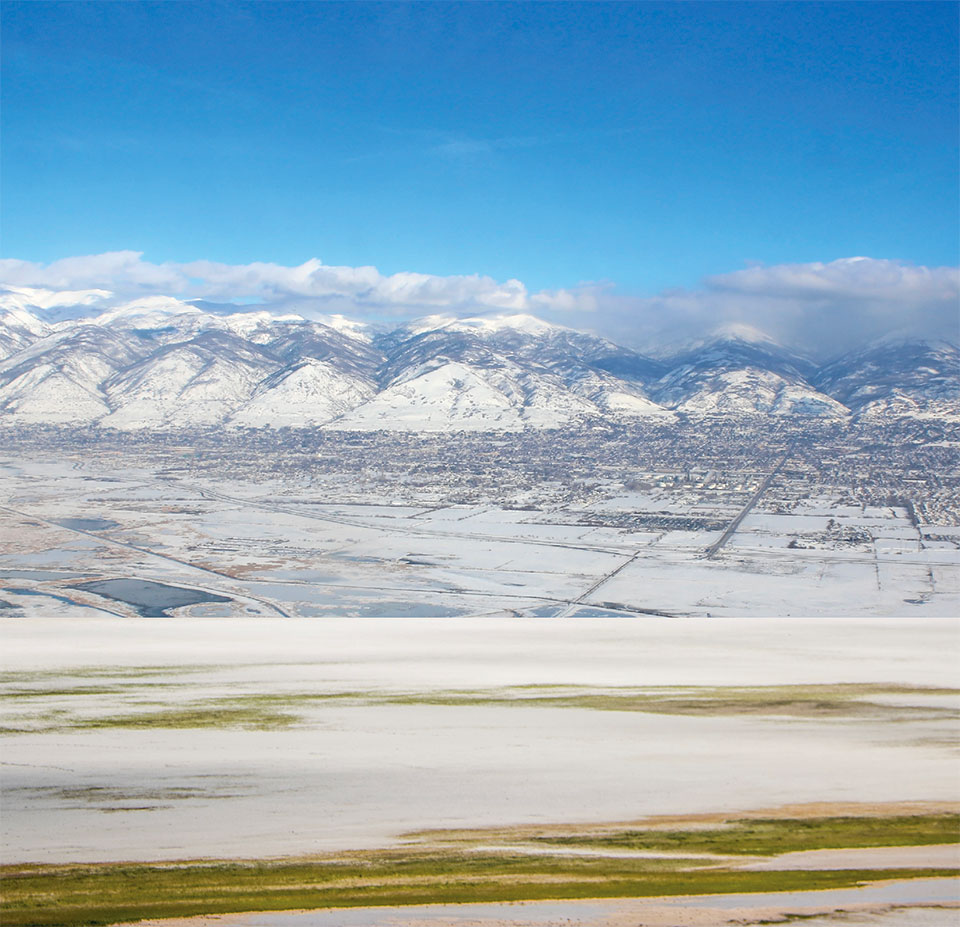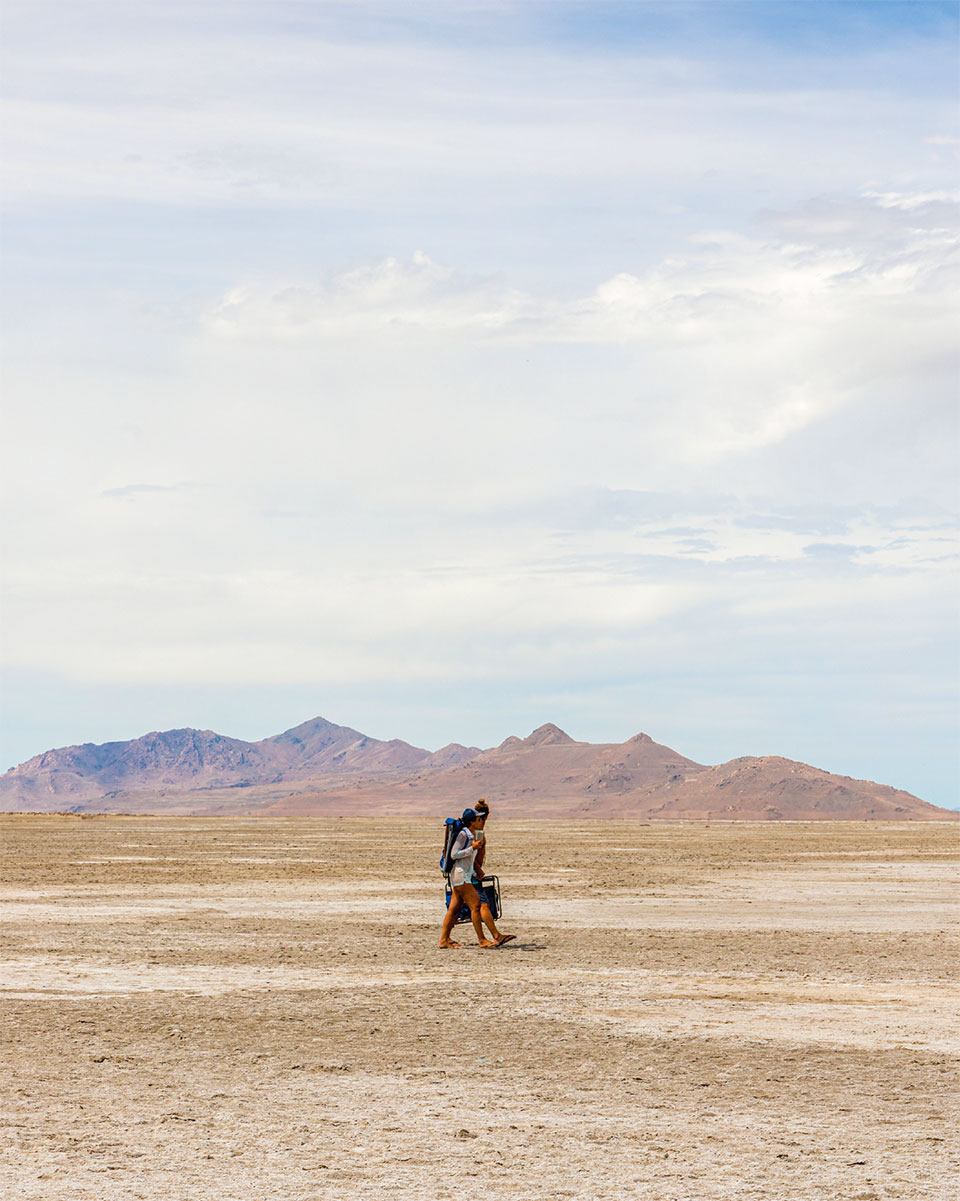Where Does Our Water Come From
by Cassidy Mantor
Utah’s champagne powder is so magically lightweight because it’s falling in a semi-arid, borderline desert climate.
Saguaro cacti and layers of sun-bleached limestone. Barren, rusted landscapes. Southwestern skies from Georgia O’Keeffe paintings and Edward Abbey’s cloud studies. Dramatic Wylie E. Coyote-style talus slopes and cliffs dropping off into the Colorado River. The Grand Canyon. The red rocks in Sedona and Moab. Coachella. Palm Springs. Las Vegas. Arches and Canyonlands National Parks. The desert is an oft-romanticized part of the American West for good reason.
The landscapes are profoundly different from other more hydrated parts of our country, like Park City, a mountain playground with such reliable snowfall that it hosted the 2002 Winter Olympics. Except that – believe it or not – Park City sits right above the Great Basin and Colorado Plateau, a geographic region that includes the Four Corners and the desert we traditionally think of in this country. We are familiar with marooned travelers thirsting their way through the Mojave or Sonoran Deserts to find one drop of water. That narrative holds true down south in Arches, Zion, Bryce, and Moab, but the Uinta Mountains just 50 miles east of Salt Lake City bordering Park City are actually the northern boundary of the deep-desert Colorado Plateau. Utah’s champagne powder is so magically lightweight because it’s falling
in a semi-arid, borderline desert climate.
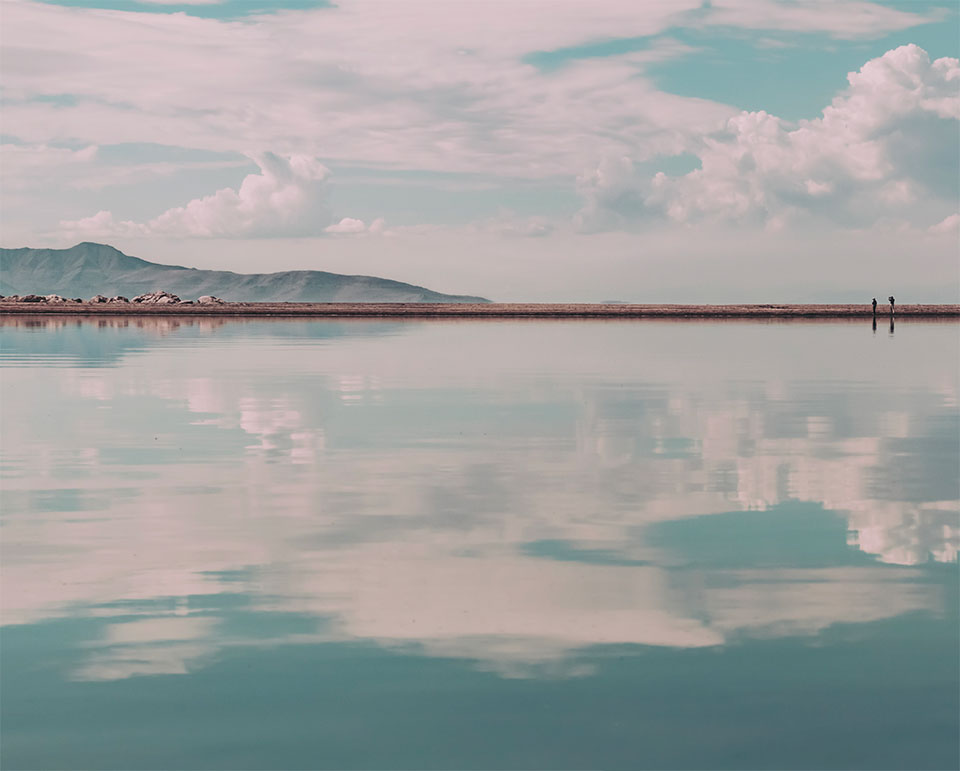
Record snowfall last year brought Utah out of extreme drought, but as the second driest state in the country with an average of 13 inches of precipitation annually, water use is an ongoing discussion.
When we think of Park City, we think of endless powder days and a robust film festival. High alpine meadows, steep canyons, great skiing, and pristine lakes come to mind, not the thirsty cracked land of the desert Southwest. Record snowfall last year brought Utah out of extreme drought, but as the second driest state in the country with an average of 13 inches of precipitation annually, water use is an ongoing discussion. Artist Robert Smithson’s Spiral Jetty – the renowned land art installation he created in 1970 in Great Salt Lake – was submerged for three decades until it resurfaced in 2002. Drought has kept it visible since; a disturbing reminder that the environment is changing.
Where does our tap water come from?
Park City gets its water from eight different sources: three deep wells, one spring, two tunnels, Rockport Reservoir, and the Jordanelle Special Service District. Salt Lake City gets 60% of its water from Wasatch Mountain streams and supplements in the summer with deep wells throughout the valley. The Colorado River gives 40 million people water in seven states and Mexico. As an Upper Basin state, Utah gets 27% of its water from the river and must abide by federal and tribal laws and agreements to use it. The Utah Division of Water Resources estimates that 60% of Utah’s residents benefit directly from this source.
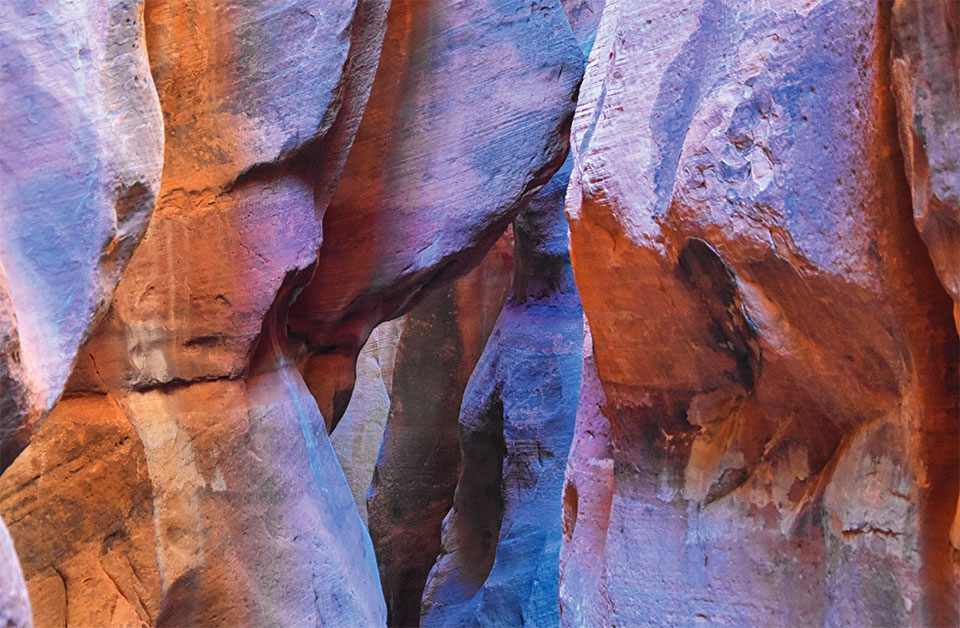
But why are we talking about water now? Eight water sources for a town with a population of 8,500 people makes it seem like water shouldn’t be a major concern. Statewide reservoirs are at 77% capacity compared to an average of 57%. With data like that, it is easy to relax into a false sense of security about water in Summit and Wasatch Counties. In reality, the greater Salt Lake area is in such good water health because of a combination of diligent conservation efforts and Mother Nature dropping a ridiculous amount of snow last year – something that, while much needed, cannot be regulated.
At the risk of sounding like an environmental Chicken Little, adopting widespread water conservation practices will help Utah residents save every last drop until the next big year. Currently, 70% of Park City’s summer water use is for irrigation. Conservation practices and wasting less water will reduce the peak summer demand and costs of supplying water, as well as the life of the City’s water infrastructure. Using less water also reduces our impact on the environment and preserves resources for future generations who live, work, and play in and around Park City.
It’s a shocking proposition, but equally surprising is how frequently Utah is in a state of drought. Water has always been one of the most precious resources in the West. Now, as more people move to Park City, the Heber Valley, and the greater Salt Lake City area, WHJ is leading a discussion on responsible water use and conservation. You built your dream house here because you loved the place. Now it’s time to understand how to take care of the place and what it will take to keep the dream alive.
Hardscaping is another responsible way to add visual interest and benefit the environment. Pavers can divert rainwater and be laid to capture water and provide natural irrigation.
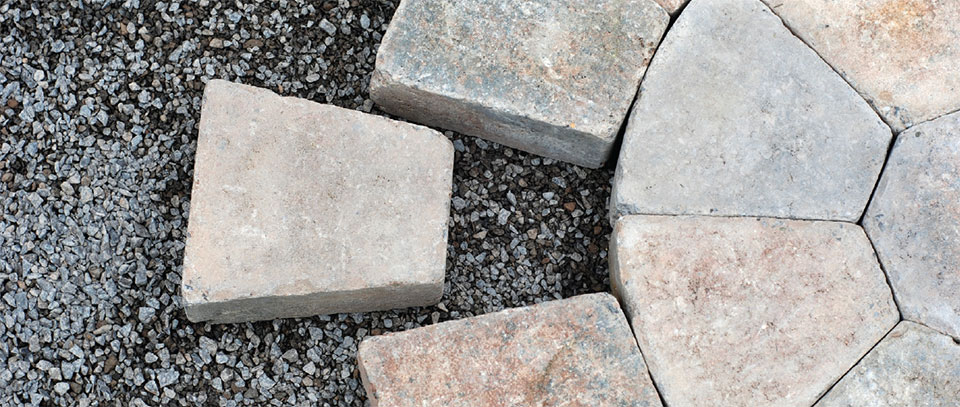
What can you do?
City Council in Park City has created a Water and Energy Resiliency program. Water is the largest municipal energy use, and City Council has challenged the Water department to increase efficiency and reduce the intensity of use. Conservation, optimization of pump stations, micro and hydro renewables, leak detection, net zero building, and source selection and management are some of the ways Park City is addressing water use. Residents can enroll in the WaterSmart program for a use analysis and random leak checks are finding most of Park City’s residential meters to be properly functioning. Rebates, year-round conservation rates, a rain barrel partnership with Utah Rivers Council, and a partnership with Weber Basin Conservancy District all are helping set Park City up for the future.
Smart landscaping is one of the main changes that we all can make to support the environment. Xeriscaping in Park City and Salt Lake City means planting drought-tolerant species that will thrive in their native climate. ParkCity.org has a great list of water-wise landscaping resources to help select plants and includes references for site analysis, topography, drainage, views, landscape goals, and styles. From trout-friendly landscaping to the University of Utah’s tree browser tool, soil testing to native plant lists, the city is a proven partner in helping educate residents on making choices with better environmental impacts.
Hardscaping is another responsible way to add visual interest and benefit the environment. Pavers can divert rainwater and be laid to capture water and provide natural irrigation. Renovating and remodeling with high-efficiency shower heads and appliances and evaluating sprinkler and irrigation systems are also ways to prioritize water conservation in the home.
City Council in Park City has created a Water and Energy Resiliency program.
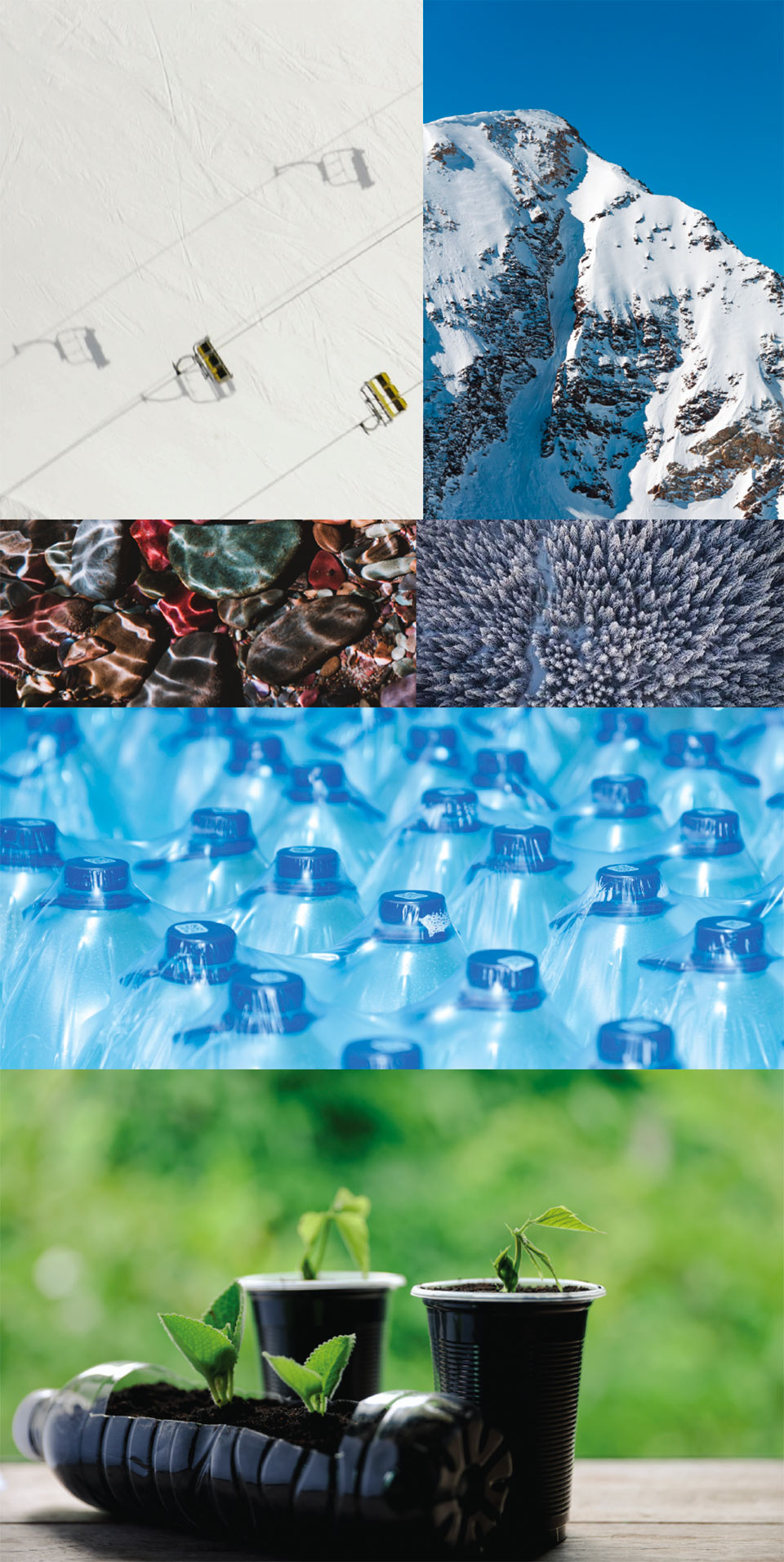
Small Changes Add Up.
We’ve become accustomed to switching single-use plastic for reusable water bottles. Opting for no straw or using a compostable one minimally affects our lives but has a positive impact on the greater environment. Planting differently, composting, and educating ourselves on water use will lead to becoming more responsible citizens. Water doesn’t just come from our taps. The sooner we shift our consciousness, the longer we will be able to enjoy the places we have come to love. Utah’s state drought website says it best: “In Utah, we are either in drought or preparing for the next one, so we always need to use our water wisely.”
“In Utah, we are either in drought or preparing for the next one, so we always need to use our water wisely.”
––Utah’s state drought website
